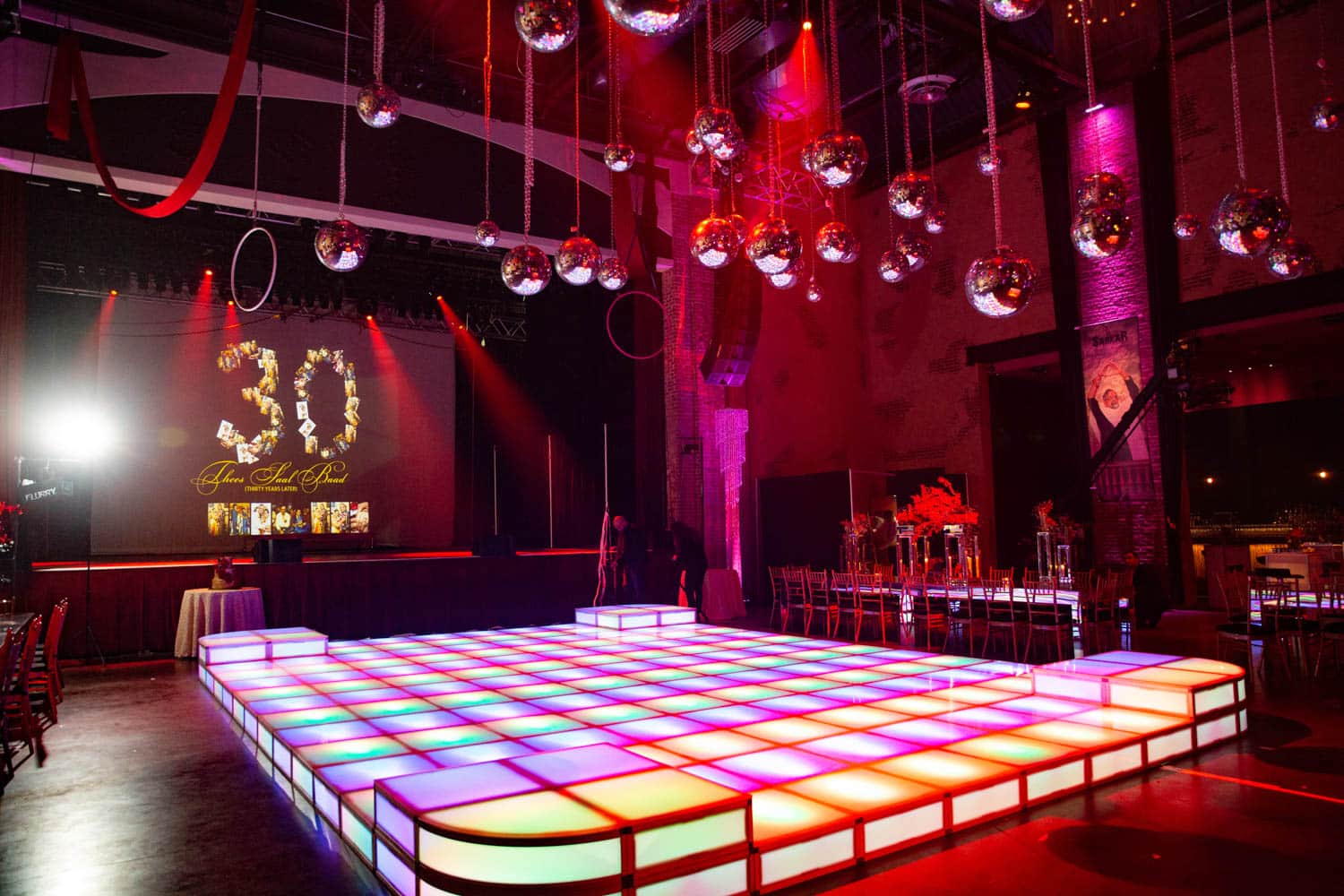Selecting the Ideal Dot Pitch for Maximum Light Emitting Diode Wall Efficiency
Selecting the Ideal Dot Pitch for Maximum Light Emitting Diode Wall Efficiency
Blog Article

As it comes to light-emitting diode walls, a key important elements to consider is dot pitch. Pixel pitch refers to the distance between the centers of two neighboring pixels on an LED display. This measurement is commonly expressed in millimeters. Grasping pixel pitch is crucial because it directly affects the resolution and definition of the visuals displayed. A reduced pixel pitch indicates that the pixels are closer together, leading to a higher resolution, while a bigger pixel pitch results in a lower resolution. Therefore, selecting the right pixel pitch is vital for achieving peak LED wall functionality.
The choice of pixel pitch often depends on the viewing distance. For example, if the light-emitting diode wall is meant to be seen from a distance, a larger pixel pitch may be appropriate. This is due to the fact that the human eye cannot readily discern individual pixels when they are farther away. On the other hand, if the wall will be viewed up close, a smaller pixel pitch is necessary. In scenarios such as indoor events, where viewers are typically nearer to the screen, a reduced pixel pitch will provide a sharper and more distinct image. Therefore, understanding how viewing distance affects pixel pitch is key to making an informed choice.
Another important consideration is the intended use of the LED wall. Different applications, such as advertising, concerts, or conference presentations, may require different pixel pitches. For example, an LED wall used for advertising in a shopping center may benefit from a pixel pitch that facilitates vibrant colors and high detail so that it grabs the attention of passing shoppers. Conversely, an external LED wall used at a concert may prioritize brightness and visibility rather than resolution, allowing for a larger pixel pitch. Therefore, the particular context in which an light-emitting diode wall will be used is crucial for establishing the appropriate pixel pitch.
Cost is also a significant consideration when choosing pixel pitch. Typically, LED displays with smaller pixel pitches often to be more expensive due to the increased density of pixels and the sophisticated technology required for manufacturing. While it may be tempting to choose a high-resolution display with a small pixel pitch, budget constraints frequently necessitate a balance between quality and price. Organizations should evaluate their needs and decide how much they are prepared to spend in an light-emitting diode wall, ensuring that the pixel pitch matches with their budgetary capabilities while still satisfying functional expectations.
Ultimately, it is essential to take into account the maintenance and longevity of the find out here now LED wall when selecting pixel pitch. Displays with reduced pixel pitches can sometimes be more fragile and may need more meticulous handling and maintenance. Regular maintenance is necessary to ensure that the display functions optimally over time. Understanding the maintenance requirements and potential challenges associated with different pixel pitches can help organizations make a more informed choice. By considering all these elements, including viewing distance, planned use, cost, and maintenance, individuals can select the perfect pixel pitch for optimal LED wall functionality.